Marigold is a common flower, so familiar that some people don’t think much of it. In the Mediterranean regions, it is called the Velvet flower for its slightly soft fuzzy petals. In this post, we will discuss the importance of marigold flowers in the garden.
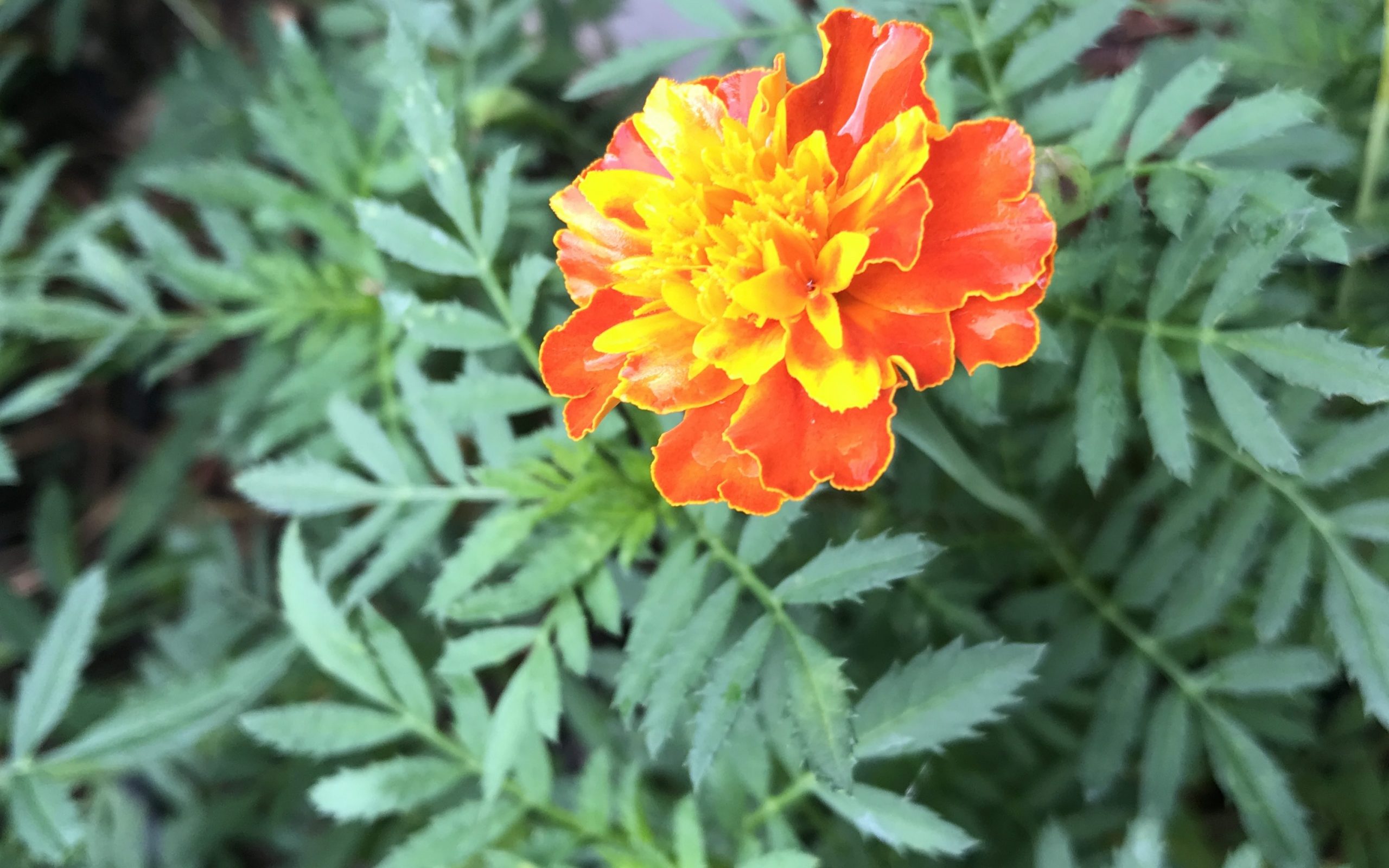
About marigold
Marigold is an annual flower that thrives in the warm season. It is also one of the most prolific summer bloomers. Surprisingly, it is indigenous to Mexico and Guatemala, contrary to what the names suggest. It was discovered in the 16th century and was brought to the Mediterranean basin by sailors. Quickly, it was adopted in the gardens of the African coast, France, and Spain.
The Spanish used to put it on the altar of Vergin Mary, hence the name marigold. In the early 17th century, the flower became popular in England and was named French & African Marigold. Later, marigold was introduced to India, where it gained great popularity. There, it became the prominent flower in religious and social celebrations and the symbol of friendship.
French vs. African marigold
French and African marigolds are quite different from each other. Also called Rose-of-the-Indies by the British, the French marigold flower is considerably smaller than its African cousin. Its bicolored petals range from bright yellow and orange to deep burgundy. On the other hand, the African marigold has a pompom-like bloom and comes in bright lemony yellow or bright orange color.
French marigold has a bushier growth habit. It can reach three feet tall in perfect growing conditions. It also has a more pungent scent than the African variety. However, both are easy to grow from seed and thrive in the hot summer. They start blooming in early summer to the first frost.
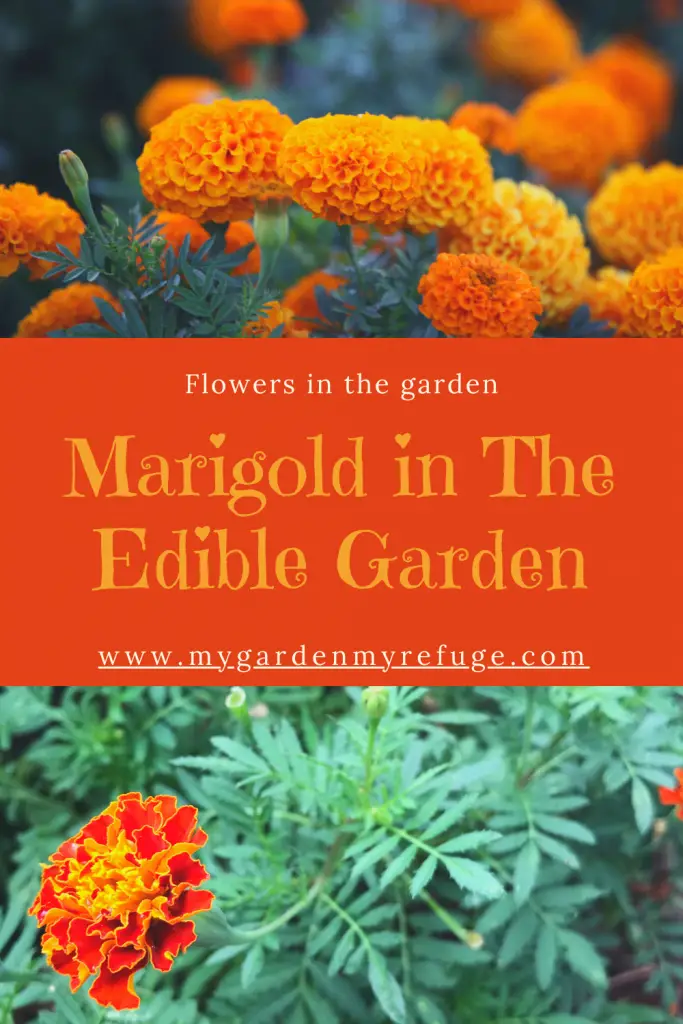
How to grow a marigold?
Marigold is one of the easiest flowers to grow from seed. The latter has quite an interesting shape to it. Some compare it to a needle, others to a paintbrush, but the most accurate would be a porcupine quills.
Start the seeds indoors a week before the last frost date. They usually germinate within a week. Once all frost threat is gone, you may plant the seedlings in the garden.
Marigold enjoys hot weather, so there is no need to worry if the growth is stalling in spring. It will take off as soon as temperatures exceed 85F (30C).
Plant marigold in a sunny spot and well-draining soil. Deadhead spent flowers to encourage more bloom and prevent self-seeding.
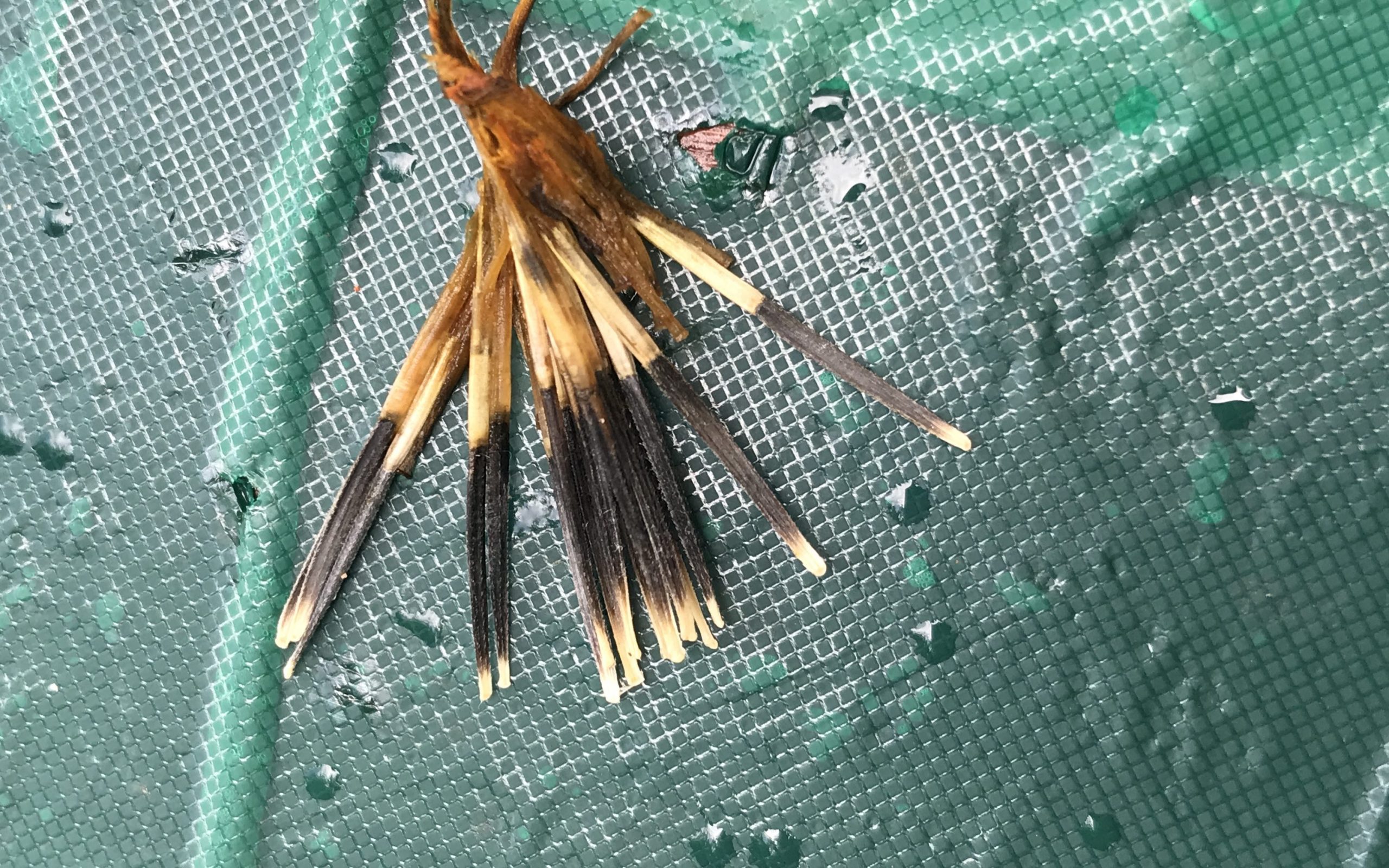
How to sow marigold seeds?
Due to its unusual shape, some think there is a particular way to sow marigold seeds. However, the key to successful germination is to have viable seeds.
A good marigold seed should not bend when you try to poke your ginger with it. It also should not be flat like paper. To sow the seed, insert it upright, pointy side down into the soil, or lay it flat. Avoid burying it too deep to prevent it from rotting. Also, keep the soil moist until it sprouts. From then on, water only when the soil is dry.
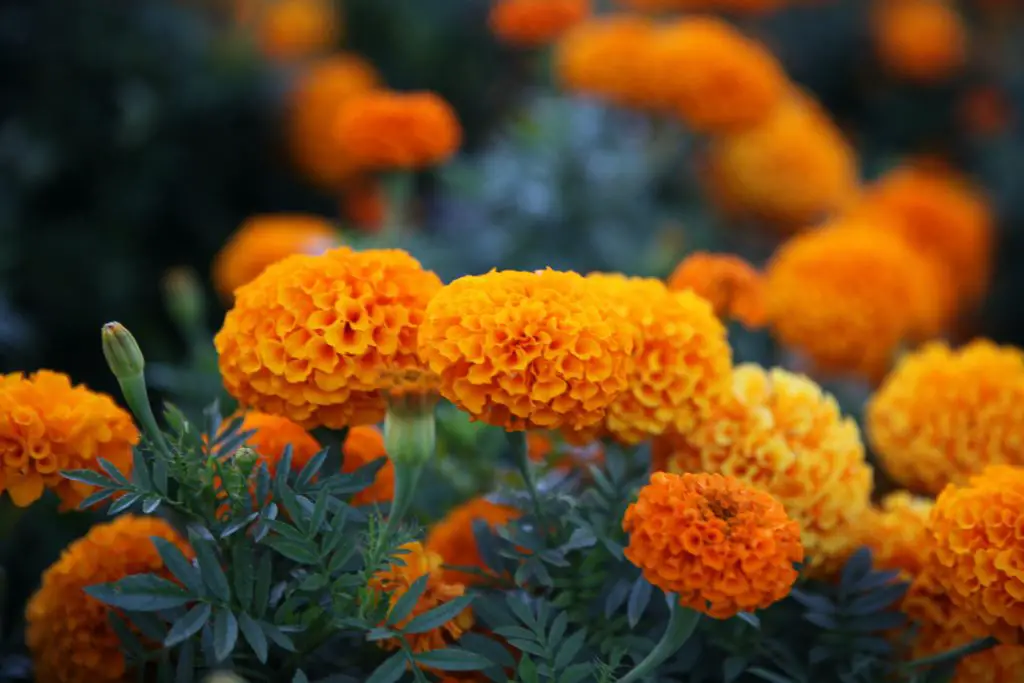
Is marigold a good companion plant?
Marigold tops the list of companion plants for vegetable gardens. Many gardeners swear by it as a pest repellant and flavor enhancer. One thing I am sure of is that marigold is a great trap plant for aphids. I plant it around pepper and eggplant plants to deter aphids from them. Once the marigold is infested with the pest, I throw it away. And since it is easy to grow, I have plenty of it around the garden.
Is marigold same as calendula?
Despite its common name, pot marigold, calendula has nothing to do with true marigold. They belong to Asteraceae or sunflower family, but they are from two different genera. Calendula is from the Calendula genus and marigold from the Tagetes genus.
When comparing the plants, the differences are apparent. Calendula leaves are elongated with a smooth edge, while marigold has fern-like leaves with a jagged blade. The calendula’s flower is similar to the daisy with its apparent center. Marigold bloom has tightly ruffled petals that cover the center.
Marigold has a robust peppery scent that’s unpleasant to some. Finally, the seeds are very different. Although both have unusual shapes, calendula seeds are not uniform and resemble misshapen horns. On the other hand, Marigold seeds look like porcupine quills.
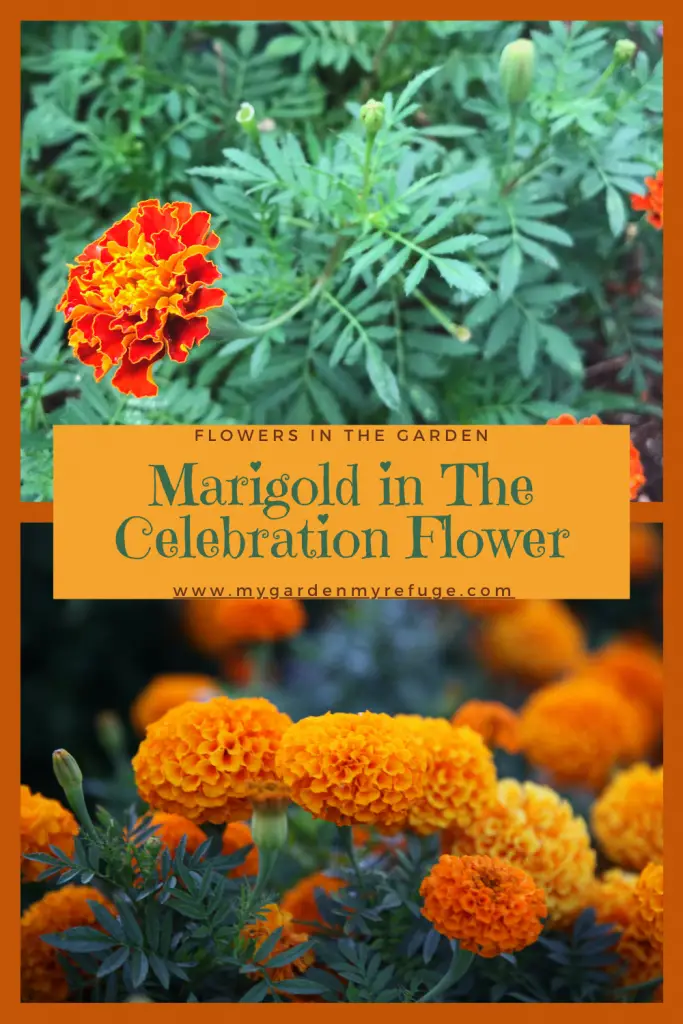
Is marigold edible?
Marigold petals are very much edible. They are added to rice dishes as a saffron replacement, hence the name “poor man’s saffron.” It is also used as yellow food and fabric die.
Marigold petals have been long used as medicinal remedies in ancient Aztecs. As a fusion, it is believed to improve digestive health and is suitable as an eyewash. Its high content of carotenoids promotes good vision. In addition, Marigold salve is used to heal skin irritations.
How to harvest and preserve marigold flowers?
- Harvest the flowers at the peak of bloom.
- Lay them flat on a sheet of paper or cloth to allow any bugs to get away. It is not recommended to wash them as moisture may damage the petals.
- Use scissors or a twisting movement to separate the petals from the green base (seed pocket).
- Spread the petals in a single layer on a baking sheet or drying rack, and allow air dry for a few days. You may also use a dehydrator.
- Store the dried petals in a glass jar with an airtight lid. Place in a dark, cool place, away from light and humidity.
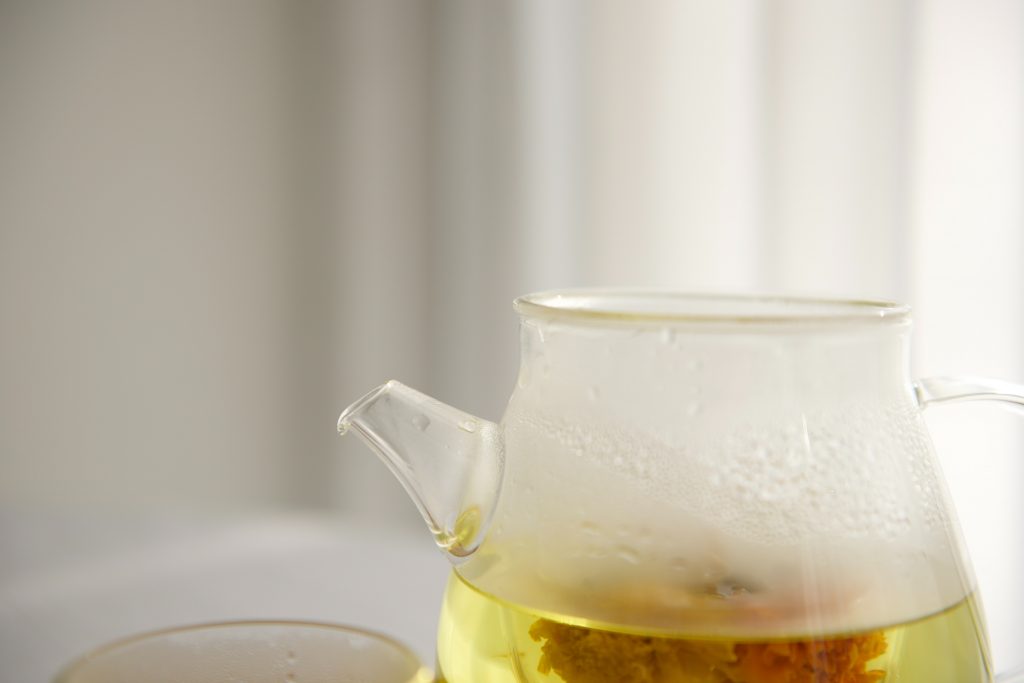
How to make marigold-infused oil?
To make an infused oil, always use dried petals. Fresh petals contain moisture, which may quicken spoilage. Marigold-infused oil is used to make a salve, cream, lip balm, or massage oil.
Slow cold infusion
- Fill up a glass jar, preferably opaque, with a 1:2 ratio of petals to oil.
- Place the jar in a sunny place, such as a windowsill, for four to six weeks.
- Shake the jar daily.
- Strain the oil from the petals squeezing the latter as much as possible.
- Store the oil in a cool dark place for longer shelf life.
Slowly heated infusion
This method is similar to making yogurt, where a constant warm environment is provided for a few hours.
- Fill up a glass jar with a 1:2 ratio of petals to oil.
- Place in a pot filled with warm water.
- Cover and try to keep the water warm for three to four hours. You may need to add hot water throughout the process.
- Strain the oil and pour it into an opaque bottle or jar.
- Store in a dark, cool place.
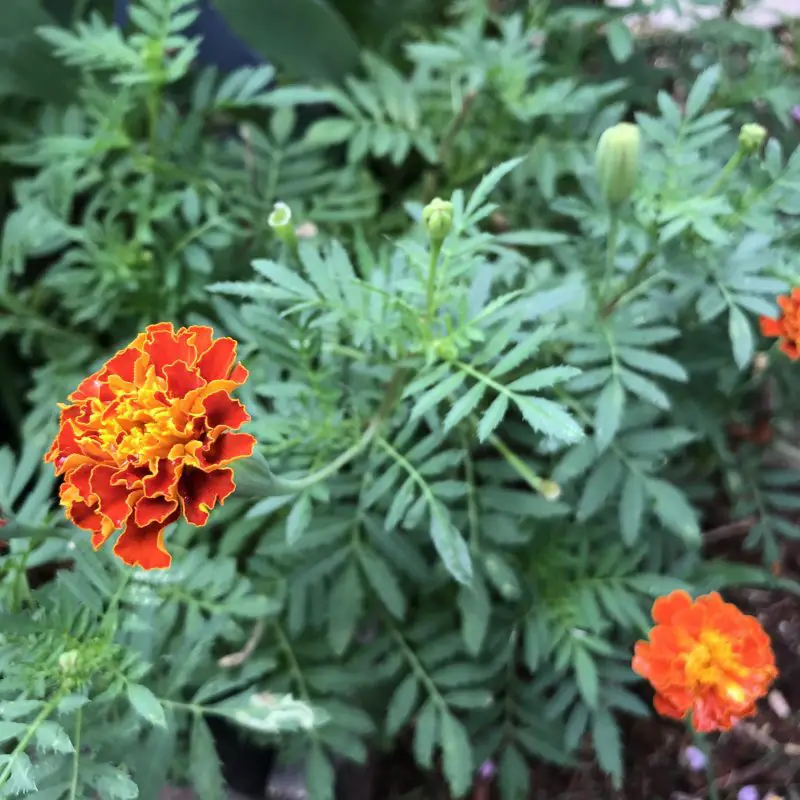
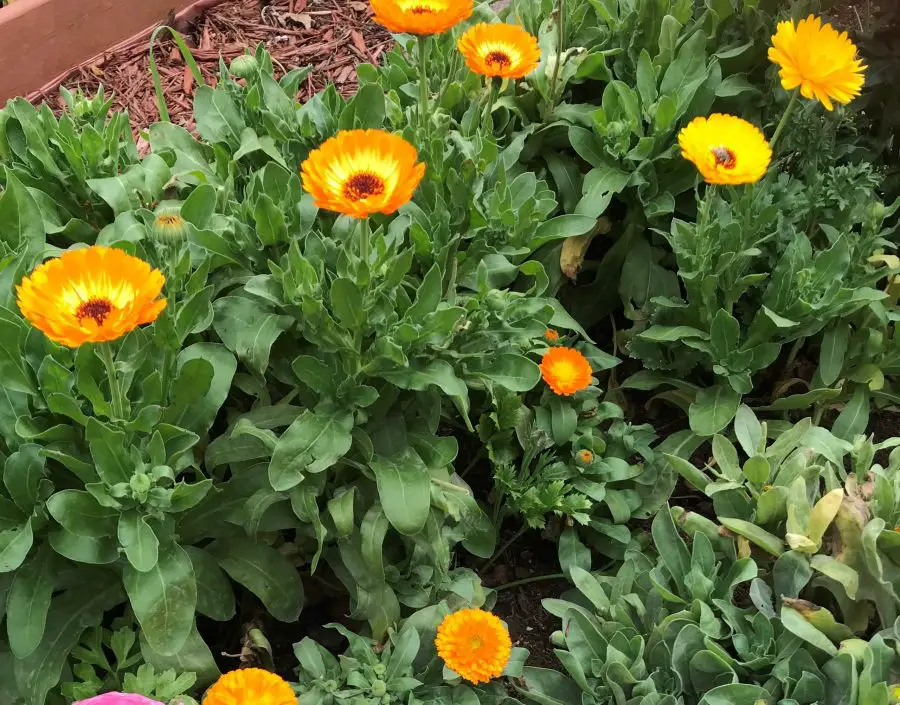
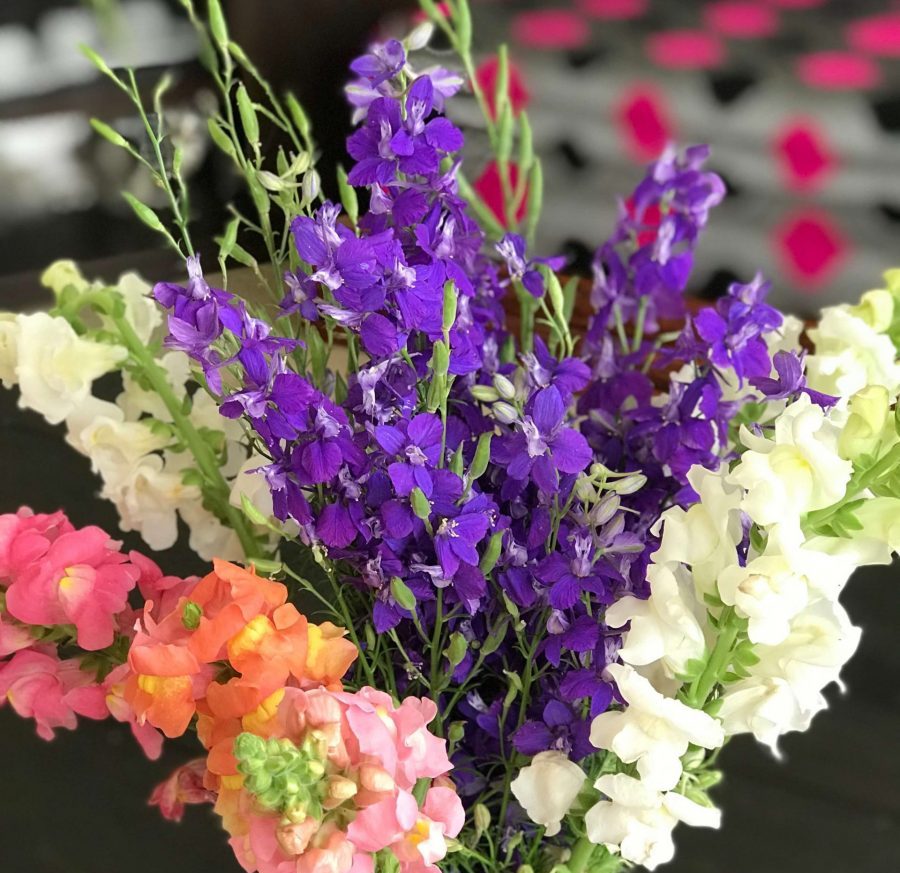
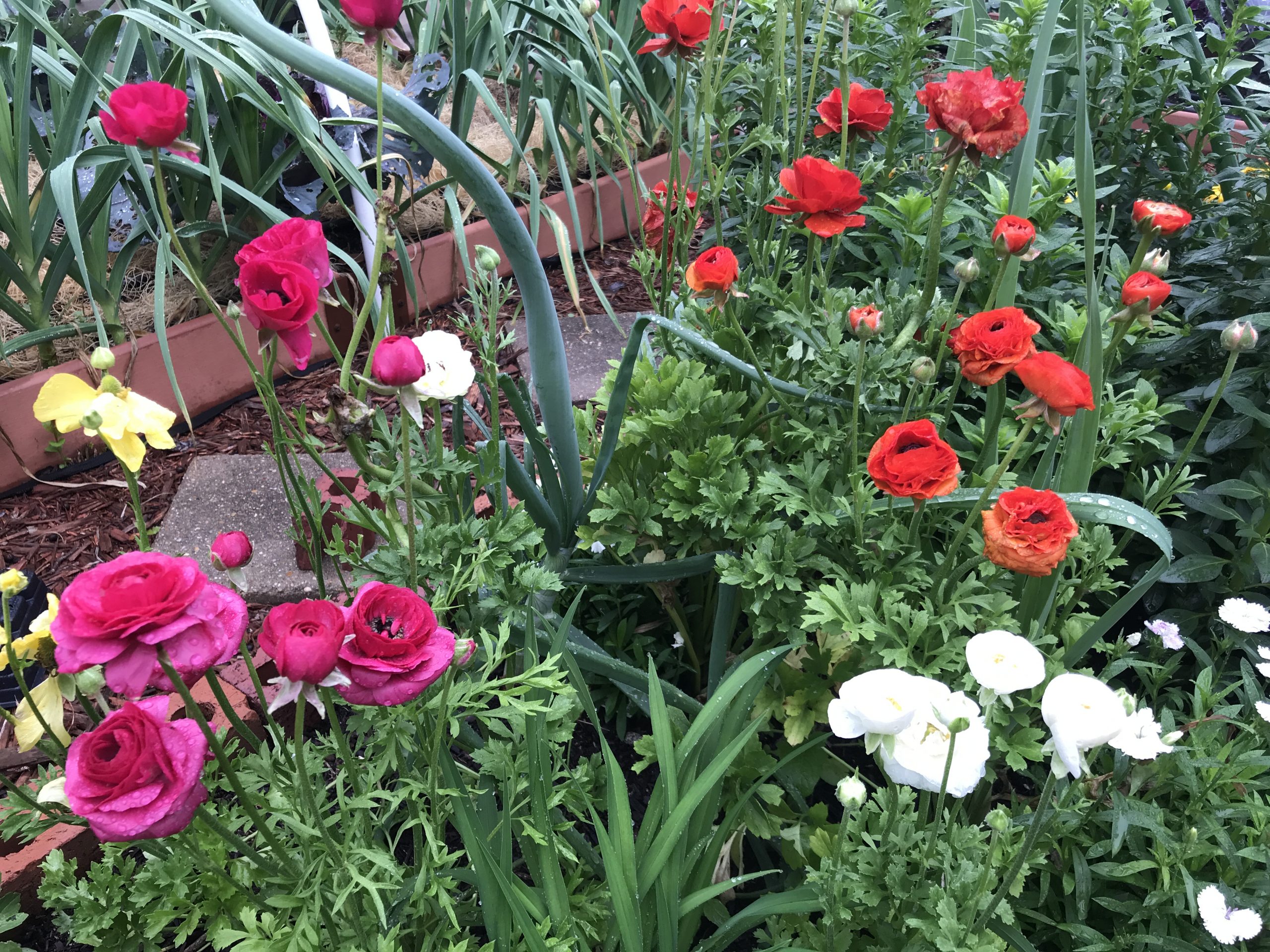
Hi!
What oil to use when making infusion?
Hello!
For myself, I use coconut or almond oil. I use either one to make lip balm or moisturizing cream.